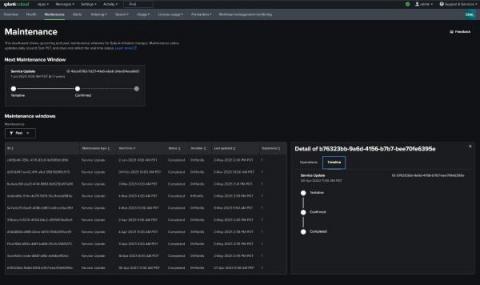Network Telemetry Explained: Frameworks, Applications &Standards
Imagine you have a network, whether it's a LAN or a vast enterprise-level network spread across different locations. Now, picture yourself wanting to monitor and analyze the data flow within that network. That's where network telemetry comes into play. Network telemetry is a group of techniques that allow you to understand better what's happening within networks. It's like watching the network's pulse to keep track of its health and performance. Read on to learn more about the network telemetry landscape.










